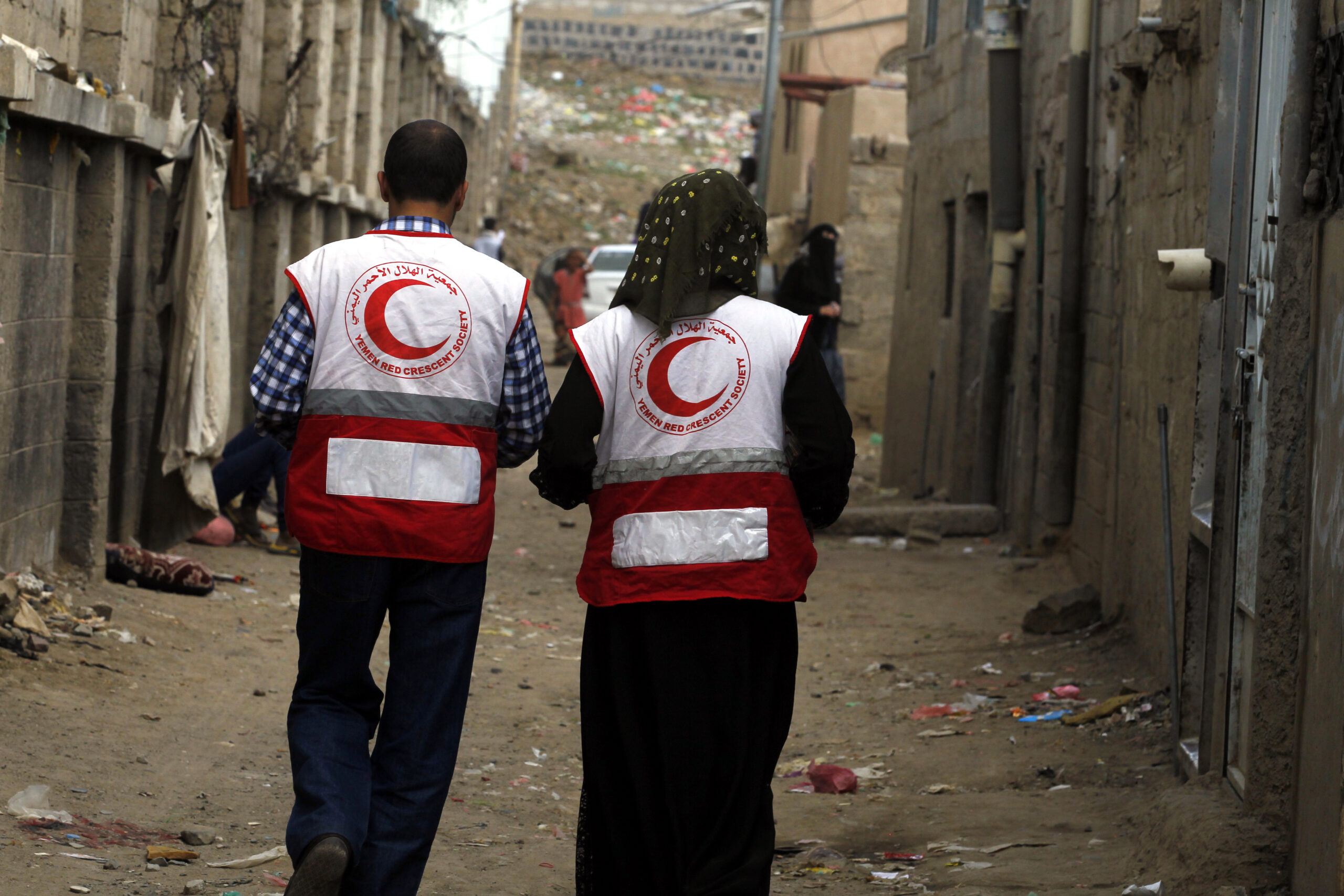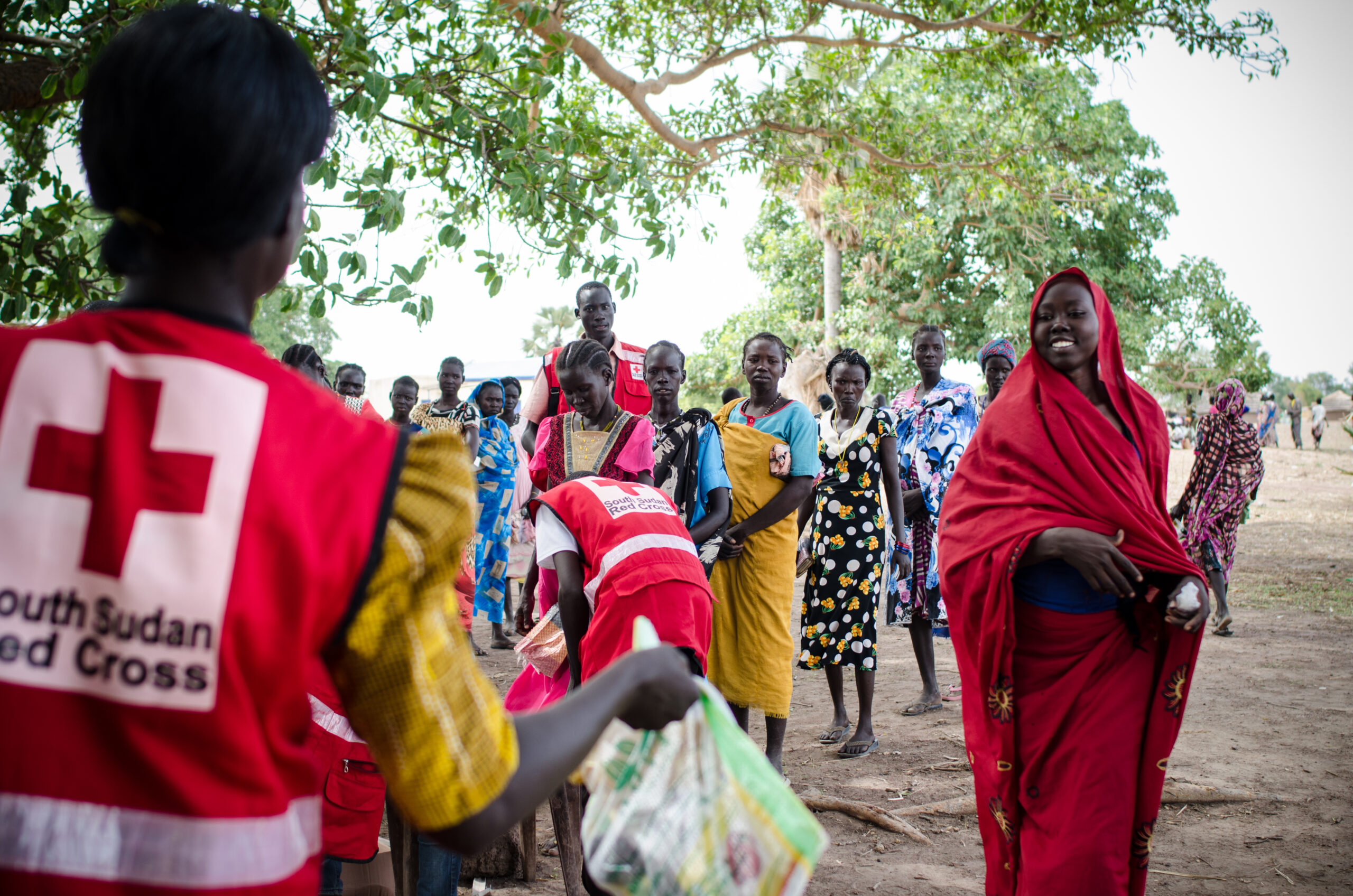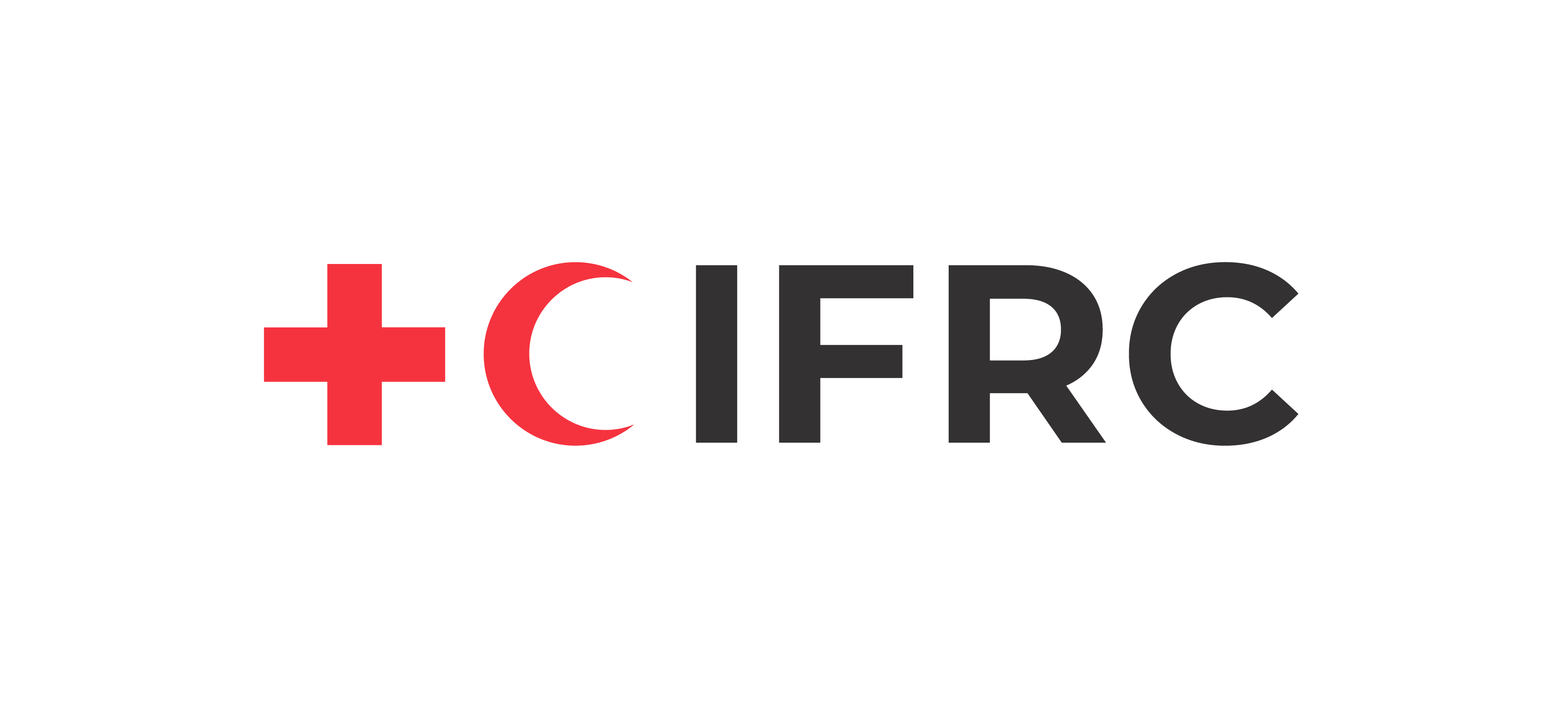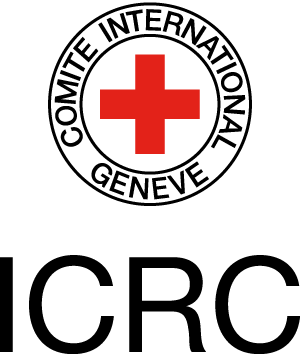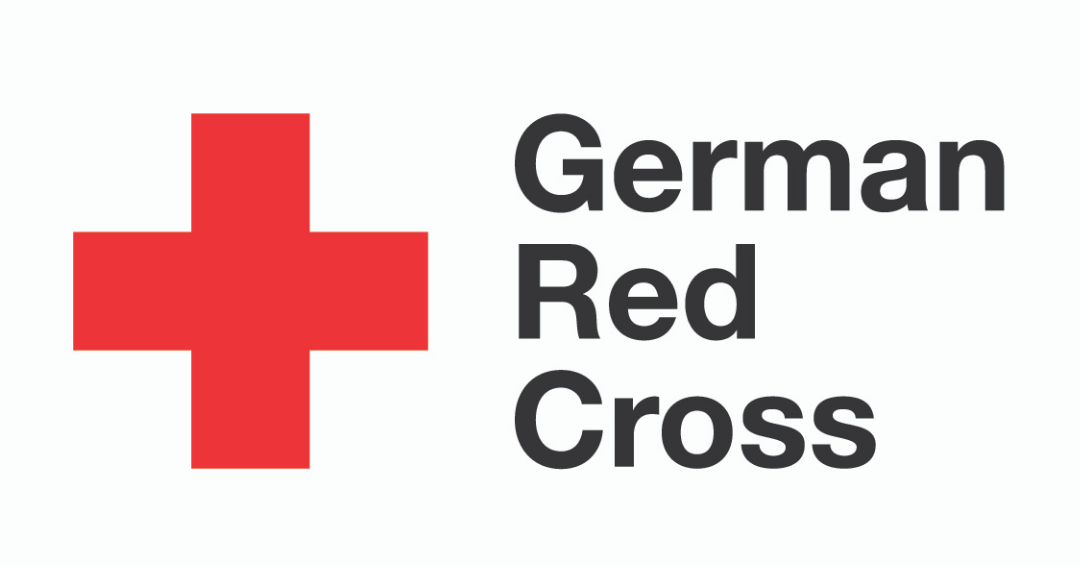Guidance material, Manual
Navigating Fragility, Conflict and Violence to strengthen community resilience: A handbook for DRR practitioners

Communities in settings of fragility, conflict and violence (FCV) are disproportionately affected by disasters, as their resilience, disaster risk management and coping capacities are weakened. Effective and sustainable disaster risk reduction (DRR) in these settings is pivotal to save lives and ensure we leave no one behind amidst political and social turmoil and insecurity. But how do we make it work?
This new handbook helps to navigate the challenges and uncertainties of FCV settings, assisting DRR practitioners in avoiding common shortcomings and increasing the chances of effectively reduced disaster risk. The handbook is jointly developed by IFRC, ICRC, the German Red Cross, and the Red Cross Red Crescent Climate Centre, and funded by the German Federal Foreign Office. The primary focus and target audience is the International Red Cross and Red Crescent Movement, though the handbook is equally relevant to any DRR practitioner working in FCV settings. Based on the Movement's experience, the handbook contributes to the Sendai Framework targets and the Paris Agreement commitments in FCV contexts. Click the buttons below to access the full handbook, and scroll down for more resources.
Yemeni Red Crescent volunteers providing cholera consultation and awareness in Muhammasheen, Sanaa. Photo: Yahya Arhab / IFRC
South Sudanese Red Cross volunteers distributing seeds and agricultural tools to women in Ajuet, Northern Bahr el Ghazal State. Photo: Corrie Butler / IFRC
Why this handbook
Business as usual is not sufficient to navigate the challenges in FCV settings. Instead, context-specific strategies are needed. This handbook provides practical guidance on how to navigate situations affected by fragility, conflict and violence (FCV) to strengthen community resilience, and how to adjust our programming to ensure effective, inclusive and conflict-sensitive DRR. It outlines important considerations in FCV settings, consolidates existing tools and resources, and presents case studies of existing DRR, drawing from the experiences of the International Red Cross and Red Crescent Movement and beyond.
Who is this handbook for
This handbook was created for practitioners working on community-based DRR in context of FCV. It is primarily designed for staff and volunteers of the Red Cross and Red Crescent Movement and is thus aligned with one of the key manuals, IFRC’s Road Map to Community Resilience (R2R).
- Primary users of this handbook are those directly involved in community-based and DRR related activities in FCV contexts at implementation and strategic level, including national staff, volunteers or delegates of National Societies, IFRC or the International Committee of the Red Cross (ICRC).
- Secondary users are practitioners beyond the Movement who work in FCV settings to strengthen community resilience.
How to use this handbook
This handbook is structured along the same lines as the Roadmap to Community Resilience, outlining practical considerations for FCV settings throughout the process. It starts by setting out a number of foundations that will help the reader understand their own FCV context and reflect upon relevant challenges for affected communities and our own work in those situations. It then discusses FCV-related considerations in each of the four stages of the Roadmap to Community Resilience.
Throughout the handbook, case studies of the Red Cross and Red Crescent National Societies in Bangladesh, Colombia, Lebanon and South Sudan provide opportunities to learn from practice and see the tools and resources in this handbook in action.
The handbook’s annex goes further in depth on FCV considerations in specific Movement frameworks, which will be informative to those working in the context of the relevant processes.
How to get started
Easy steps to get started in our daily work are:
- adding context monitoring tools to regular meetings
- ensuring information flow from local to national level
- using available budget flexibility to adjust activities as needed
- empowering local staff and volunteers and building upon their understanding of the local context
- conducting a simple context analysis in case of violent incidents
- mainstreaming FCV-relevant capacity-building in ongoing training programmes
Easy modifications to the budget for new projects include:
- capacity-building, especially for FCV-relevant soft skills, safer access and conflict sensitivity
- conducting initial conflict analysis and continuous monitoring
- dedicating a budget line for future adjustments of activities, similar to a crisis modifier.
Explore this 2-pager for a concise overview of the DRR in FCV Handbook, including key recommendations for the wider community and donors:
This video highlights the launch of the Handbook at the IFRC General Assembly on October 25, 2024.
Are you sure you want to delete this "resource"?
This item will be deleted immediately. You cannot undo this action.

